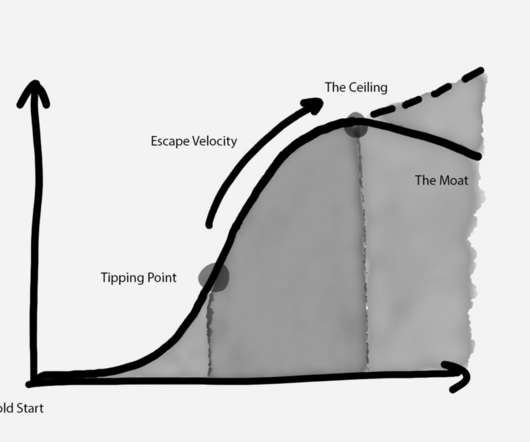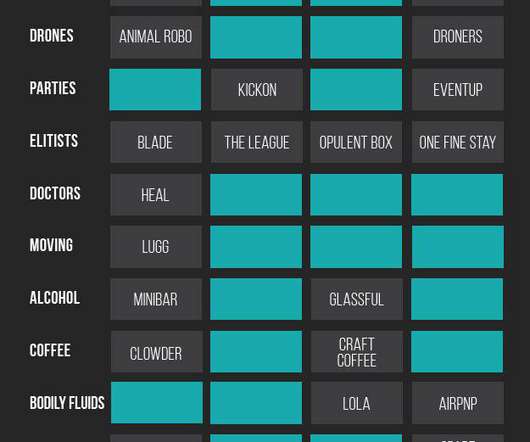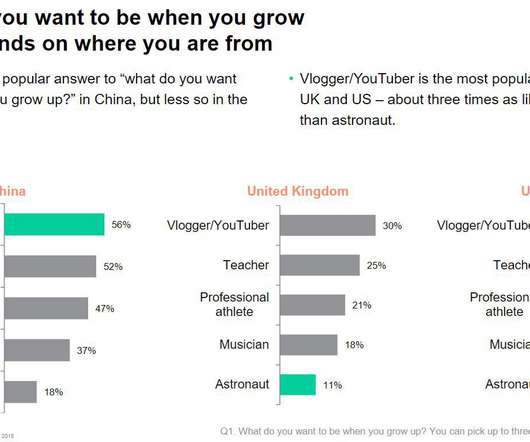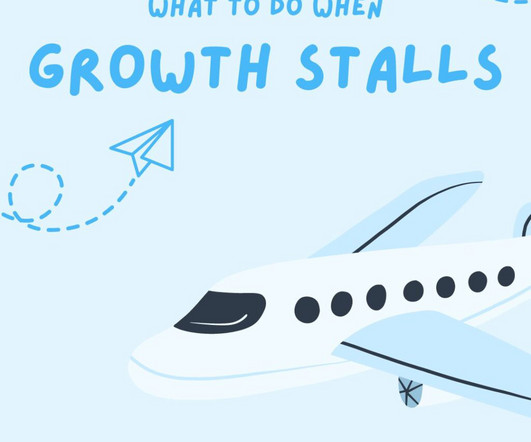How to Measure HR Effectiveness with 12 Key Metrics
15Five
MAY 19, 2023
sales revenue, customer service ratings, etc.). Revenue-per-employee Revenue-per-employee is the amount of money each employee generates for the company, on average. You can calculate it by dividing total revenue by the current number of employees. Think of revenue-per-employee as a productivity ratio.













Let's personalize your content